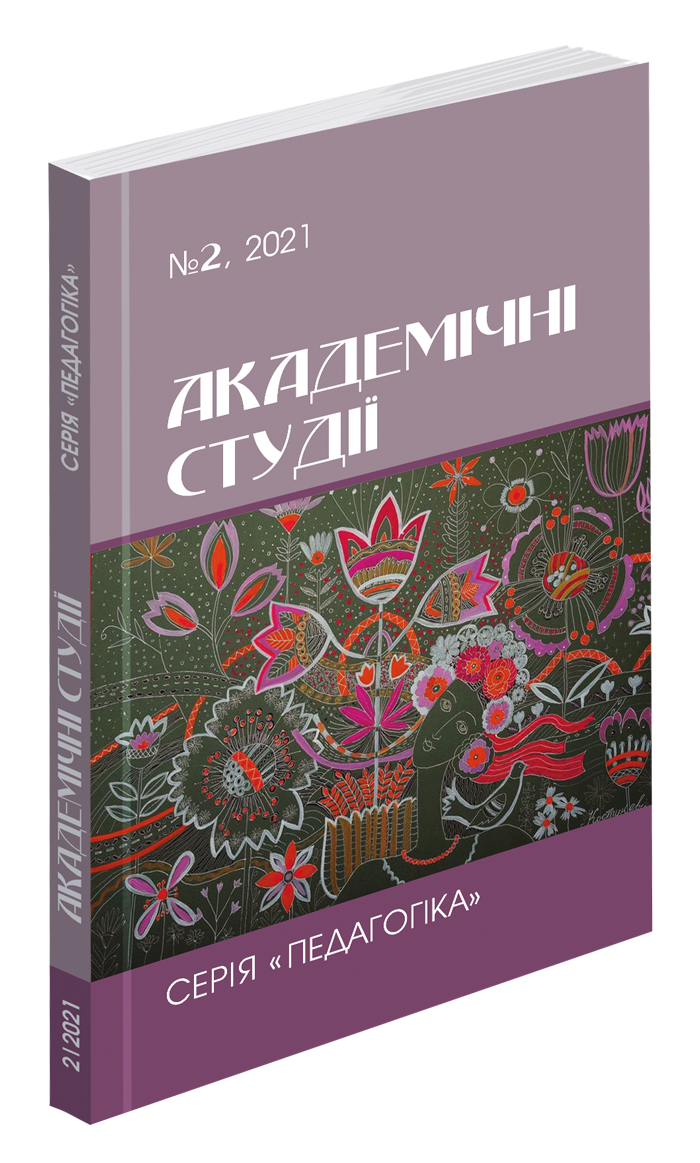Abstract
The article analyzes the play space of a preschool child. Psychological features of game development in preschool childhood are determined. Using methods of analysis, generalization and systematization of information about the child's play space, the component of development (social, emotional, cognitive, physical and motor) of the preschooler is analyzed and its main types, forms and functions are indicated. The priority tasks to be solved by educators to create a favorable play environment for children are outlined. It is clarified that the arrangement of the group room and its appearance are important because they affect the behavior of the preschooler. The creation of a play environment in ZDO and family is described. The article highlights the urgency of the problem of organizing play activities in the educational process of a modern preschool institution. The article substantiates the importance of the child's play space. The developmental significance of the game and the reasons for its reduction in preschool education are considered. Among the advantages of the game as an activity are independence, emotional involvement and spontaneity of the child's actions. Particular attention is paid to the adult (parents, educator) and his place and role in this activity. The results of the research on the play space (both indoors and outdoors) where preschool children need it are substantiated. Among the favorable places where children can be, the locations are determined, the determining factors of which are: safety, trust, openness, adult understanding of the child's worldview; manifestation of emotions and feelings by the child during the game; independence. It is emphasized that the peculiarity of creating a play environment is the freedom of children to choose their own activities, which, in turn, develops the complexity of their game, as well as encourages constant play.
References
Крутій К. Освітній простір дошкільного навчального закладу: монографія : у. 2 ч. Київ : Освіта, 2009. Ч. 1. 302 с.
Тарасенко Г.С. Організація дитячої ігрової діяльності в контексті наступності дошкільної та початкової освіти. Навчально-методичний посібник. Київ : Видавничий Дім «Слово», 2010. 320 с.
Пантюк Т. Організація ігрової діяльності в дошкільному віці: навчальний посібник / Рек. Міністерством освіти і науки, молоді та спорту України як навчальний посібник для студентів вищих навчальних закладів (лист № 1/11–11280 від 01. 12. 2011 року). Дрогобич : Ред.-вид. відділ ДДПУ ім. І. Франка.2011. 146 с.
Zameliuk M. (2015). To the question of formation of creative personality of a future teacher. Scientific-practical publication «Science. Education. Right. Management». Lodz : Foundation for education and science without borders “FOR the FUTURE”. № 4 (12). P. 246-256.
Barnett K. (2010). Technology and Literacy in Early Childhood: A Review of Research. Journal of Early Childhood Literacy, 10 (3). 247–70.
Chan K. and McNeill, J. (2007). Chinese Children's Perceptions of Personal and Commercial Communication: A Comparison between Urban and Rural, Asian Journal of Communications. 17 (1). 97–116.
Cook D. (2008). The Missing Child in Consumer Theory. Journal of Consumer Culture. 8 (2). 219–43.
Comber B. and Nichols, S. (2004). Get a general picture: regulating knowledge in early childhood literacy curricula. Journal of Early Childhood Literacy. 4 (1). 43–63.
Geeryn T. (2000). A Place for Space in Sociology. Annual Review of Sociology 26. 463–96.
